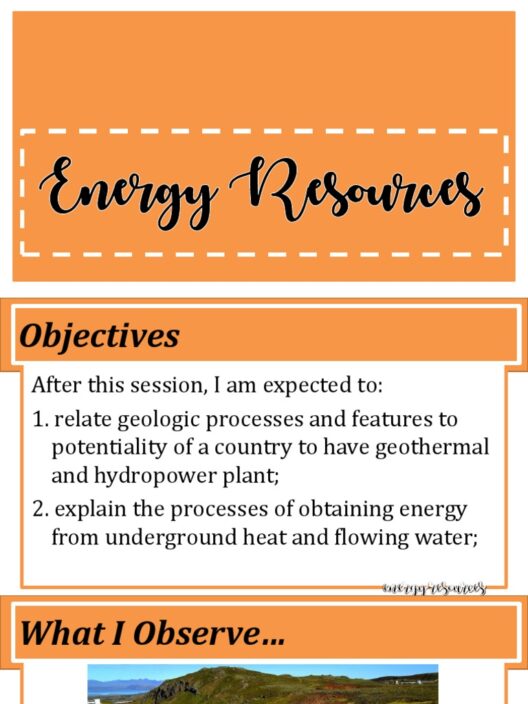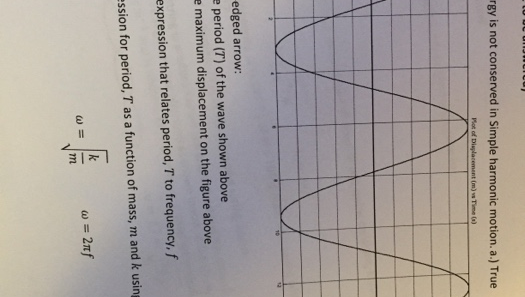The law of conservation of mechanical energy is a fundamental principle in physics, asserting that the total mechanical energy in an isolated system remains constant, provided that only conservative forces are acting upon it. This principle offers a profound understanding of a wide array of phenomena, extending from simple mechanical systems to complex atmospheric dynamics. One of the most common and visually captivating examples of this law is the pendulum, which serves as a perfect illustration for proving conservation of mechanical energy.
To begin our exploration, let’s consider the classic simple pendulum, comprised of a mass (or bob) suspended from a fixed point by a string or rod of negligible mass. When the pendulum is displaced from its equilibrium position and released, it begins to swing back and forth. During its motion, energy is transformed between kinetic energy, the energy of motion, and potential energy, the stored energy due to its height above a reference point.
At the highest point in its swing, the pendulum possesses maximum potential energy and minimal kinetic energy, assuming it was momentarily at rest. Mathematically, the potential energy (PE) can be expressed as:
PE = mgh
where m is the mass of the bob, g is the acceleration due to gravity, and h is the height relative to the lowest point. Conversely, at the lowest point of its swing, all the potential energy has been converted into kinetic energy (KE), which can be calculated using:
KE = 1/2 mv²
where v is the velocity of the bob. Throughout the pendulum’s swing, the total mechanical energy (E) remains constant and can be expressed as:
E = KE + PE
By analyzing the pendulum’s motion through these energy transformations, it becomes evident that energy conversion occurs without any net loss in the total mechanical energy. This observation invites deeper reflection on the conditions under which mechanical energy conservation holds true.
The systematic study of energy transformations—observing the interplay of potential and kinetic energy—is not just confined to pendulums. It extends to an array of phenomena in classical mechanics, from roller coasters to planetary orbits. For instance, when one considers a roller coaster, the initial potential energy at the apex transforms into kinetic energy as it plummets downward, a process analogous to that of the pendulum. Observing the ascent and descent of both systems gives rise to a shared fascination; the rhythmic elegance of their movements captures our interest and spurs a deeper inquiry into the mechanics governing our world.
In scenarios laden with non-conservative forces such as friction and air resistance, however, the law of conservation of mechanical energy becomes nuanced. In these cases, mechanical energy is not conserved, as some energy is converted into thermal energy due to friction, resulting in a decrease in the total mechanical energy of the system. This shift leads one to consider energy losses in various real-world applications, such as climate change, where considerations of energy conservation extend to the sustainability of energy sources. Every mechanical system is interwoven with broader ecological considerations, highlighting the importance of understanding energy transformations in light of environmental pursuits.
To empirically demonstrate the conservation of mechanical energy, experiments can be conducted employing various apparatuses. A noteworthy experiment involves utilizing a spring mechanism or a marble rolling down an incline. In such experiments, it is crucial to measure parameters like height, mass, speed, and friction coefficients with precision. Comparing the calculated potential energy and kinetic energy at various points along the path will yield insights into conservation principles. If the mechanical energy remains constant in these experiments despite variations in speed and height, we corroborate the law of conservation of mechanical energy.
Moreover, beyond pendulums and simple mechanics, the principles of energy conservation manifest remarkably in celestial mechanics. The orbits of planets, governed by gravitational forces, demonstrate the conservation of mechanical energy across vast distances and timescales. The potential energy associated with the gravitational pull between celestial bodies modulates their kinetic energy as they traverse their orbits. The harmony of these forces culminates in the stable orbits of planets while evoking wonder about the intricate dance of the cosmos.
In conclusion, the law of conservation of mechanical energy stands as a testament to the interplay of forces that govern physical existence. Fascination with this law arises not only from the predictable responses of simple systems like pendulums but also from its pervasive application across diverse disciplines—from roller coasters to planetary dynamics. As the understanding of these principles expands, it invites a crucial dialogue regarding energy sustainability, climate change, and the engineering of future technologies. The inquiry into how energy is conserved and converted remains vital not only for scientific exploration but also for informing responsible environmental practices and harnessing innovation in an ever-evolving world.







